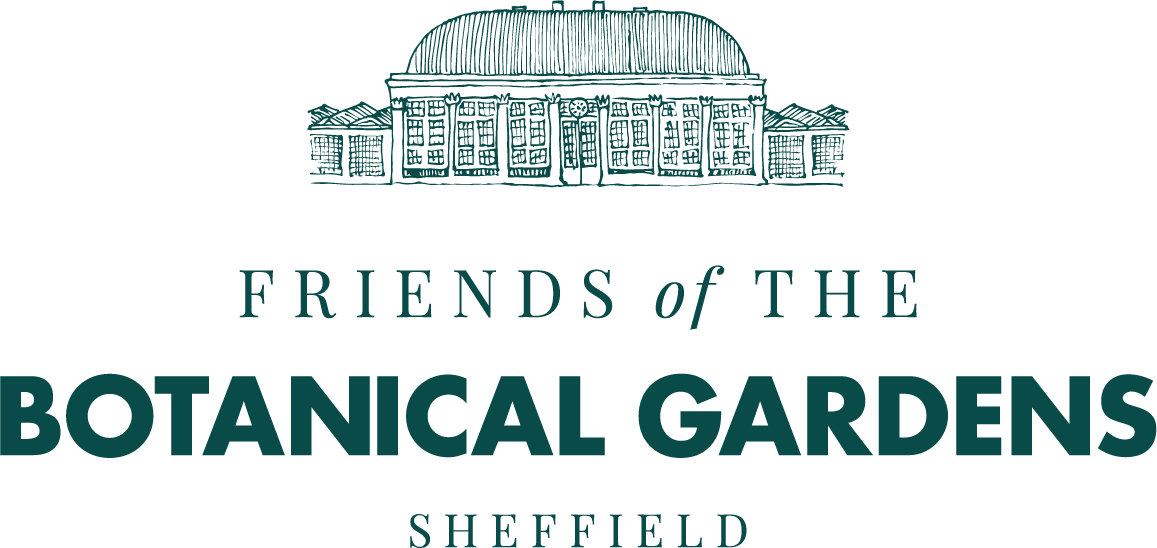Heptacodium miconioides
A highly desirable plant, very hardy and vigorous, it has year round interest: from spring onwards the distinctive leaves are an attractive feature, drooping in glossy pairs, each with 3 long deep veins; from September there is a profusion of fragrant, showy flowers which last until the first frost and are followed by prominent calyces changing from green to rose-pink to burgundy; then there is winter interest from the peeling tan bark and the deep red of the small, younger branches. In fact it is possible to make a feature of the bark by growing the plant as a single stemmed small tree. H. miconioides is the only species of the genus and is in the Caprifoliaceae (honeysuckle) family. It was planted in 2004 amongst part of the weigela collection at the bottom of the east lawn (Area G) not far from the fountain.
Although plant hunter Ernest 'Chinese' Wilson discovered this handsome large shrub in 1907, it was not propagated until the Sino-American Botanical Expedition sent seed to the Arnold Arboretum in 1980. Before this it was unknown in western gardens, but is now widely available and holds the Royal Horticultural Society's Award of Garden Merit. In the wild it is rare and under Chinese protection.

